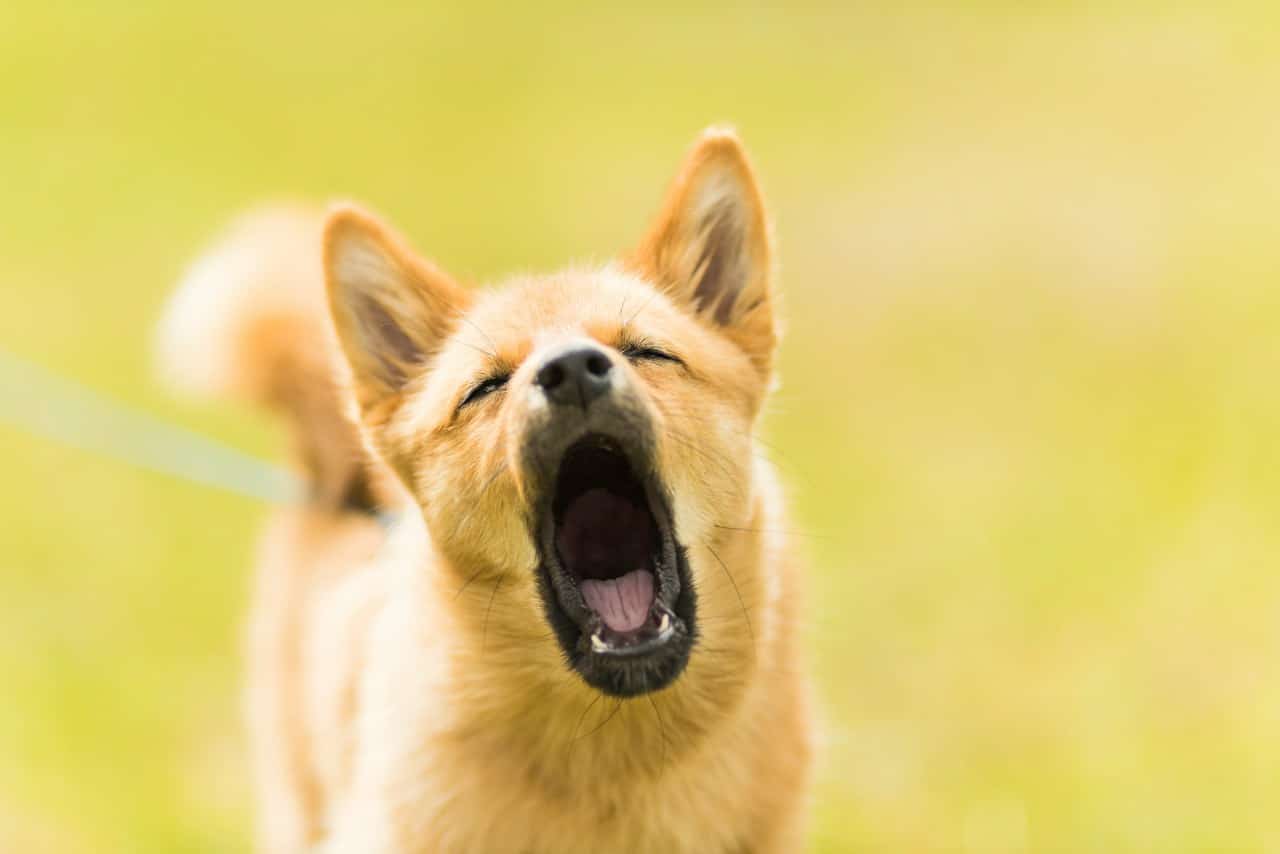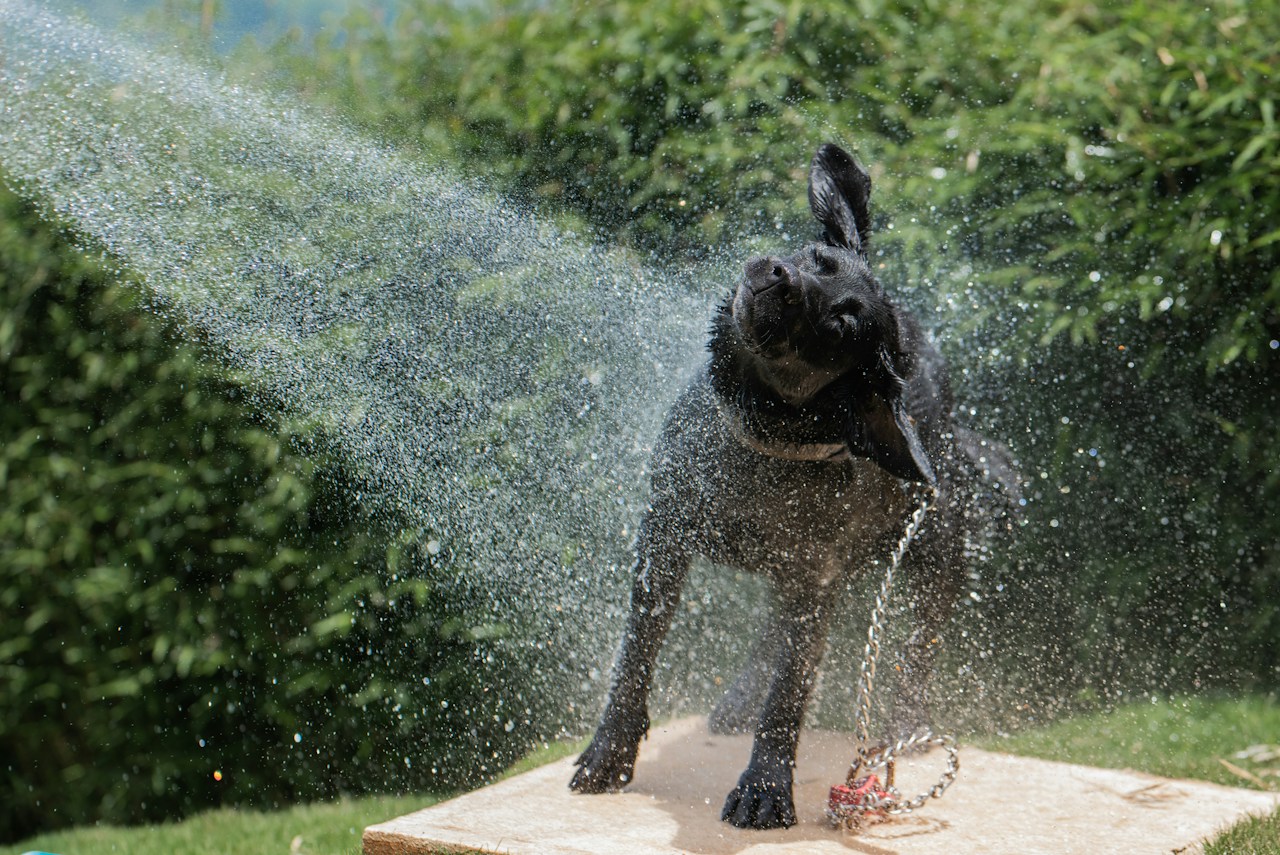Getting a dog ready for a dog show might seem easy, but it’s important to consider many things. We need to take care not to stress the dog too much.
Apart from making the dog look nice, we also need to think about its behavior. During the show, the dog has to follow commands and do specific things. It’s not just a simple walk; there’s more to it!
So here are some useful tips on How To Preparing the dog for a dog show?
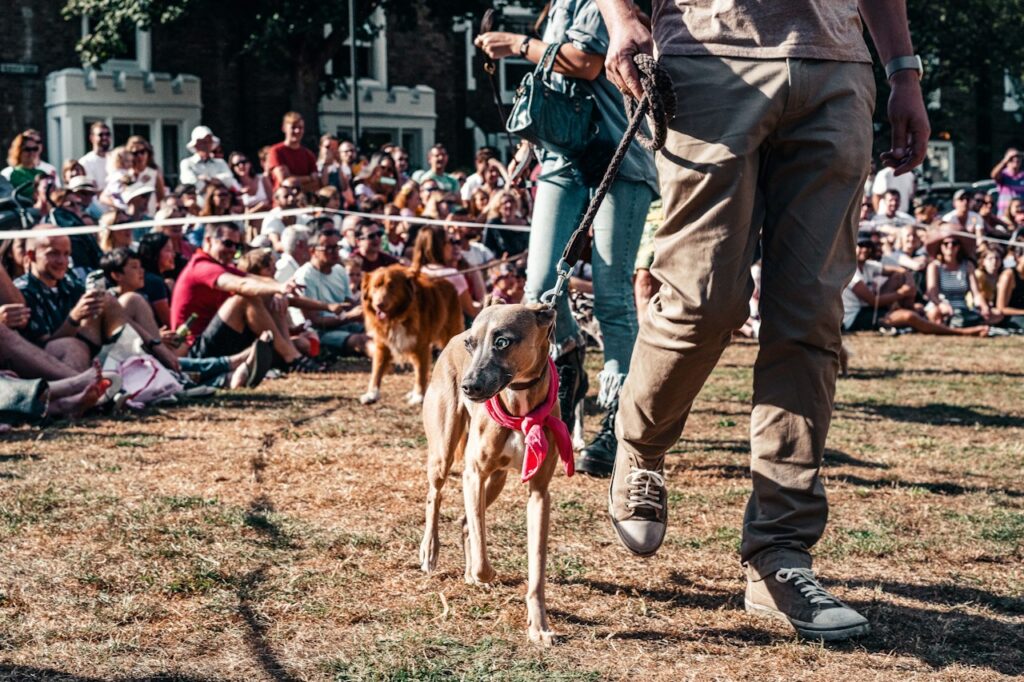
Table of Contents
How a dog show works
Many of us have been to a dog show or seen it on TV. We admire the beauty and clever moves of the dogs. But it’s important to know that a lot of hard work and effort goes into organizing these shows. It’s not just about the dogs; a lot is happening behind the scenes!
- exposures that are based on the evaluation of the dog’s morphology compared to the breed standard
- canine tests useful to understand what are the skills and styles of the dogs in the competition
- races that serve instead to understand the potential in terms of the speed of the animal.
Based on the prizes awarded during these events, there is a further subdivision of:
Depending on the importance of the event, the value of the prizes won changes.
Join a dog show.
If you’re new to dog shows, start by watching as a spectator. This helps you understand how things work. Pay attention to how owners and dogs behave.
This will help you prepare if you decide to join later. There are 4 types of events, and for beginners, choosing a regional dog show is a good idea to gain confidence.
Here are the registration classes for competitions and events that divide the dogs according to their age on the day of the show.
- Baby: from 4 to 6 months;
- Puppy: from 6 to 9 months;
- Junior: from 9 up to 18 months;
- Intermediate: from 15 up to 24 months;
- Free: from 15 months;
- Work: for 15 months (with a copy of the booklet with details of the test passed);
- Samples: from 15 months (with a copy of the diploma obtained);
- Veterans: from 8 years;
- Out of Competition
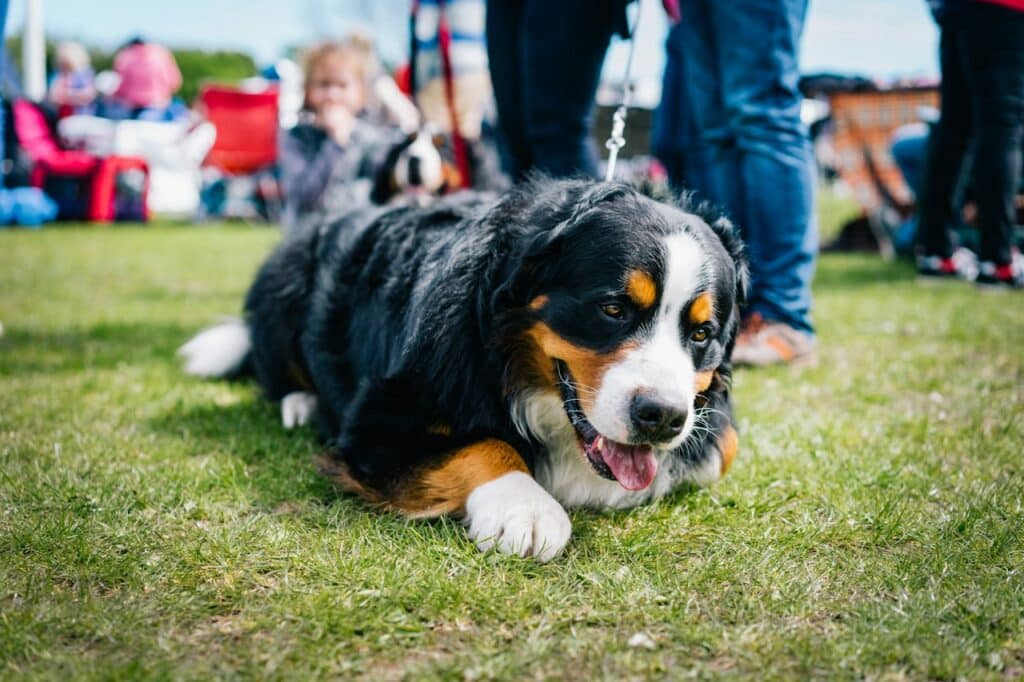
Certificates issued during dog shows
The exhibitions allow dogs to obtain prizes and certifications if they have particular qualities. But what are these certificates? Here are the main ones:
- CAC: Championship Certificate of Attitude issued by judges at national and international exhibitions;
- RCAC: it is the reserve of the CAC and therefore has a slightly lower value;
- CACIB: Certificate of Aptitude for the International Beauty Championship issued at international exhibitions;
- RCACIB: is the reserve of the CACIB;
- BOB: Best of Breed or the Best of Breed;
- BOS: Best of Opposite Sex, or the Best of Opposite Sex;
- BOG: Best of Group, ie the Best of the Grouping;
- BIS: Best of all the show.

The qualifications issued during a dog show
Excellent: assigned to the dog that comes closest to the ideal standard of the breed;
Very Good: assigned to the dog balanced in proportion and good physical condition, with some venial defects, but not morphological;
Good: assigned to the dog that possesses characteristics of the breed, albeit with some defects;
Fairly Good: assigned to a dog that does not have remarkable qualities or that does not have great physical conditions.
Tips for preparing the dog for a dog show
After understanding how a dog show works, let’s find out some useful tips to prepare it better.
Register the dog
Before going to a dog show, learn about it by reading the rules and downloading the needed papers. Then, send your registration to join the show.
Check your vaccinations
To join a dog show, your dog needs vaccinations, especially for rabies. The time of year and the event also matter. Plan and make sure your dog is healthy and ready!
Train the dog to the crowd
Dog shows can be busy with lots of people and dogs. It’s important to get your dog used to all the noise and excitement.
Bring tasty biscuits to help get your dog’s attention if it gets distracted. Use the same snack you give when your dog does a good job, so they know what to expect. This helps your dog stay focused even with lots of things happening around.
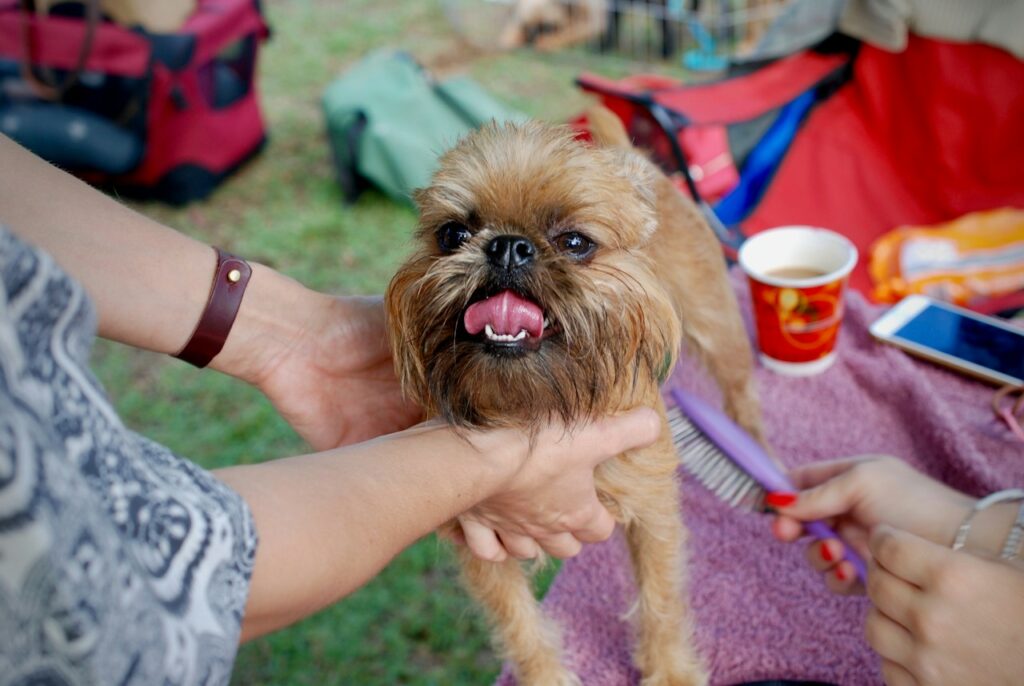
Get used to it on a leash
Special leashes are on sale in specialized shops and used during exhibitions. The leash will help you work on your dog’s posture, so you can train him to stand tall. To achieve this, walk slowly alongside him while keeping the leash up.
Train him to walk and sit still
Making a dog’s walk look nice and graceful is not easy, but it needs lots of practice and hard work. A well-trained dog should walk smoothly, and a common way to walk at a show is called a trot. This means the dog moves its right front and left hind legs together.
It’s also important to teach the dog to stand still. This helps the judge look at the dog carefully. These practices can make the dog tired and stressed, so it’s a good idea to talk to your vet for help.

